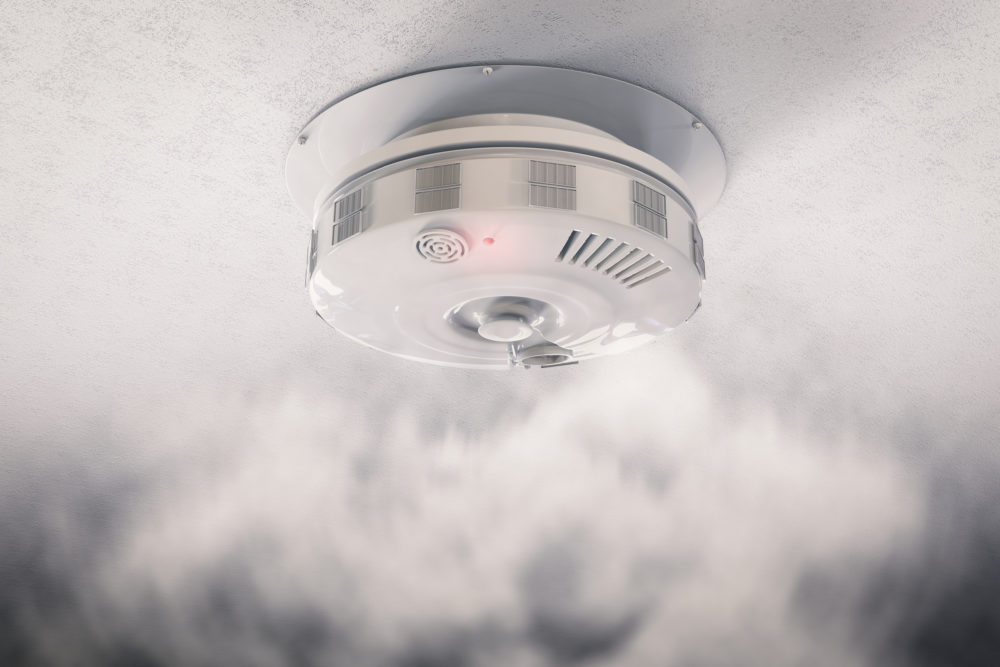Low-Frequency Tone Smoke Alarms May Be More Effective At Alerting Children to Fire Hazards: Study
Researchers found low-frequency tone smoke alarms and human voices were able to more quickly wake children from a deep sleep.

The findings of a new study suggests that the use of fire alarms with low-frequency tones could better help awaken children while they are sleeping, and help them escape in the event of a fire.
Smoke alarms could save more children’s lives if they employ tones which are more effective in waking children from sleep, according to a report by researchers with Nationwide Children’s Hospital in Ohio, published April 25 in the medical journal Pediatrics.
Prior research has shown smoke alarms have difficulty waking children from sleep compared to adults, increasing the risk that they may continue to sleep through the alarm, losing critical time to escape the burning home or building.
In this new study, researchers wanted to determine children’s response to four types of smoke alarms: human voice, hybrid voice-tone, low-frequency tone, and high-frequency tone. They combined data from three previous studies, which included 540 subjects with an average age of nine years old.
The proportion of children who awakened increased 3% to 8% for each additional year of age between five and 12 years old for the four alarm types.
Using a high-frequency tone smoke alarm, 56% of 12-year-olds escaped within one minute. Roughly 68% escaped within two minutes with the high-frequency tone.
Comparatively, using a hybrid voice and low-frequency tone is more than 96% effective at awakening and prompting children to escape within one minute among children nine years old and older. As children aged, various tones were more effective at waking them.

Did You Know?
Millions of Philips CPAP Machines Recalled
Philips DreamStation, CPAP and BiPAP machines sold in recent years may pose a risk of cancer, lung damage and other injuries.
Learn MoreResidential fires are a major cause of injury and death in the U.S. children five to 12 years old have a higher residential fire fatality rate than teens and adults up to age 35 years. This is because it is harder to wake a child during slow wave sleep, especially using high-frequency tones, which is the common tone used in most residential smoke alarms.
However, smoke alarms are an important prevention strategy in saving lives during a fire. When the alarms were first developed, the focus was on smoke and heat detection, not effective alert signally, including waking during sleep.
It can be difficult to wake residents from sleep to allow them to escape a fire in time. Rates of apartment fire-related deaths are three times higher during the sleep period of 1 a.m. to 7 a.m. compared to other times.
High-frequency tones often awaken adults, but do not effectively awaken children. Prior research has demonstrated children respond to alarm signals other than the high-frequency tones, including a male voice, female voice, low-frequency tone, and a combination of a female voice and low-frequency tone. These tones also effectively awaken and alert sleeping adults.
Researchers hope the study can help aid in the development of more effective alarms that use tones that children are more responsive to with the goal of saving more lives in the long run. Now, some alarms are manufactured with different types of tones, but they are not standard practice throughout the industry.
“This understanding can help guide prevention recommendations and efforts to reduce residential fire-related injuries and deaths among children,” wrote study authors.
Get more articles like this sent directly to your inbox.
"*" indicates required fields




0 Comments